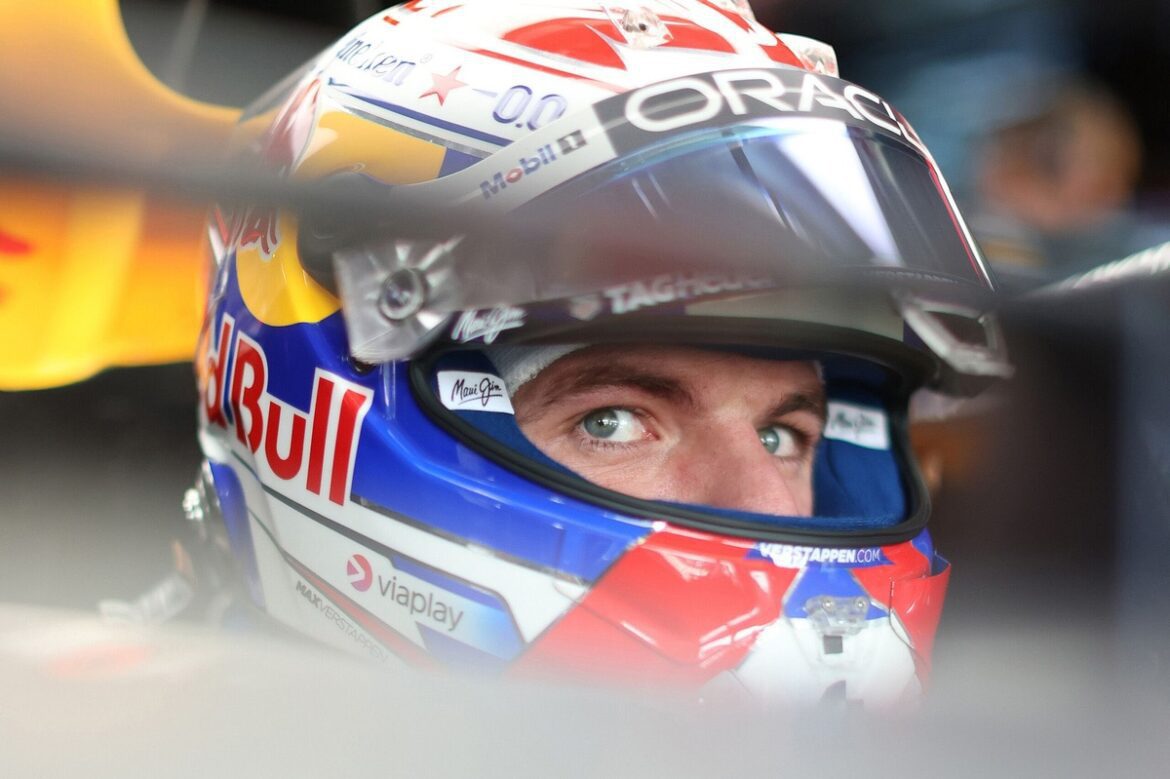Title: Exciting Dynamics of the 2025 Miami Grand Prix: A Closer Look at the Race Strategies and Driver Performances
The Miami Grand Prix, hosted at the temporary circuit surrounding Hard Rock Stadium, has sparked varied opinions among fans and analysts alike. The anticipation for the 2025 race is palpable, especially as the grid positions promise a thrilling showdown. Max Verstappen, driving for Red Bull Racing, has secured pole position in the often-challenging RB21, setting the stage for a competitive race. Meanwhile, McLaren team principal Andrea Stella has openly dismissed the notion of Red Bull as an underdog, but the reality is that Verstappen’s placement puts him in a prime position to defend against challenges from his rivals.
As the race weekend unfolds, the circuit’s design features three DRS zones, with significant attention on the extended second zone leading to Turn 11. This extension, widened by 75 meters, has generated discussions about its potential impact on overtaking opportunities. However, during the sprint race, the expected surge of overtakes did not materialize as anticipated. Notably, several drivers faced difficulties maneuvering this section, with Liam Lawson’s attempt to overtake Fernando Alonso resulting in a crash, triggering a Safety Car period that ultimately benefitted Lando Norris over his teammate Oscar Piastri.
The Challenge Ahead for Max Verstappen
Verstappen’s main goal during the race will be to maintain his lead over the McLaren drivers, particularly Norris, who starts in second place. The initial moments of the race will be crucial, as a strong start could allow Verstappen to fend off early attacks. The long back straight and the DRS zone present challenges that will require him to defend his position effectively. Given that McLaren’s MCL39 is known for its ability to preserve tire performance, Verstappen must prioritize maintaining track position to mitigate the threat from Norris.
Norris has expressed confidence in his ability to launch a strong start. With his position on the inside line at the first corner, a quick getaway from the line could enable him to challenge Verstappen immediately. In the sprint race, Piastri had a successful move on Kimi Antonelli, demonstrating that early aggression can pay off. Antonelli, starting in third place, is another driver to watch. He has gained experience from the sprint race and will be keen to capitalize on any opportunities that arise at the start of the grand prix.
Tire Management and Race Strategy
As the race progresses, tire management will become a key focus. The prevailing expectation is that the event will mostly follow a one-stop strategy, although Pirelli has introduced softer compounds this year compared to the previous season. The C4 compound, which was the softest last year, is now classified as the medium compound. According to Mario Isola, Pirelli’s motorsport director, managing thermal degradation and overheating will be vital to maintaining performance throughout the race.
Isola noted the narrow performance gap between the two most likely race compounds, estimating it to be around two to three tenths of a second. Most teams have prepared by saving hard tire sets as a precaution against potential Safety Car deployments, a common occurrence in Miami due to the track’s layout, which is notorious for generating mistakes. Only Carlos Sainz, who starts sixth, and Alonso lack a new set of medium tires, which are expected to be the preferred choice for most drivers on the grid.
Potential Weather Impacts on the Race
Complicating the race strategy is the weather forecast, which indicates a 40% chance of rain during the grand prix. If rain does occur, it could significantly alter the dynamics of the race. During the sprint, drivers experienced challenges with tire wear as the track dried, which led to difficulties in maintaining optimal lap times. Isola highlighted that while the track was drying, the high wear on the front-right tire caused understeer, preventing drivers from improving their lap times.
In the event of a drying track with intermittent rain, teams may need to strategize for additional pit stops to switch to intermediate tires. This unpredictability adds an extra layer of excitement and complexity to the race, as teams will need to adapt quickly to changing conditions.
Anticipating Race Dynamics and Driver Performances
As the Miami Grand Prix approaches, the dynamics of the race are sure to keep fans on the edge of their seats. With Verstappen in pole position, the challenge from Norris and the other contenders will be closely watched. The strategic decisions made regarding tire choices, pit stops, and responses to weather changes will play crucial roles in determining the outcome of the race.
Furthermore, the interplay between veteran drivers and promising newcomers like Antonelli will add to the excitement. As each driver aims to outmaneuver their rivals, the race will likely evolve into a captivating display of skill and strategy.
In summary, the 2025 Miami Grand Prix is set to showcase a thrilling blend of competitive racing, strategic depth, and unpredictable weather challenges. With the stakes high and the grid tightly packed, fans can look forward to an exhilarating event that will highlight the best of Formula 1 racing.
